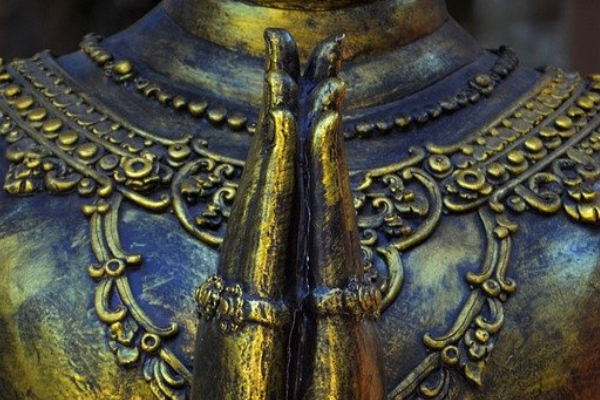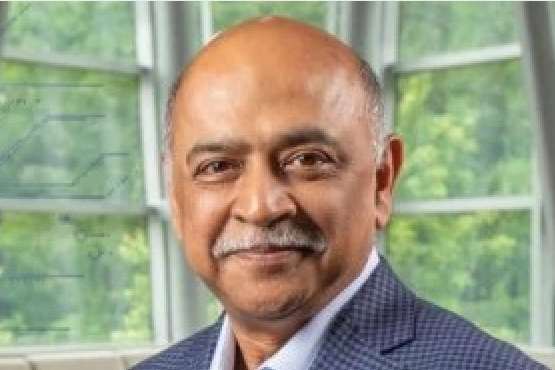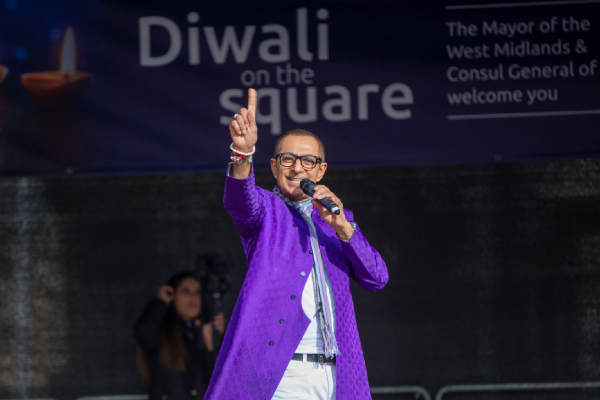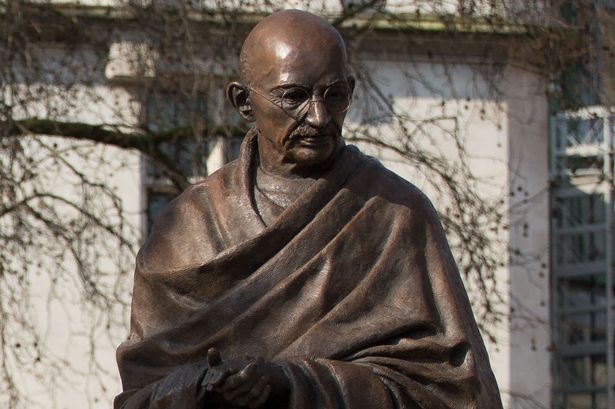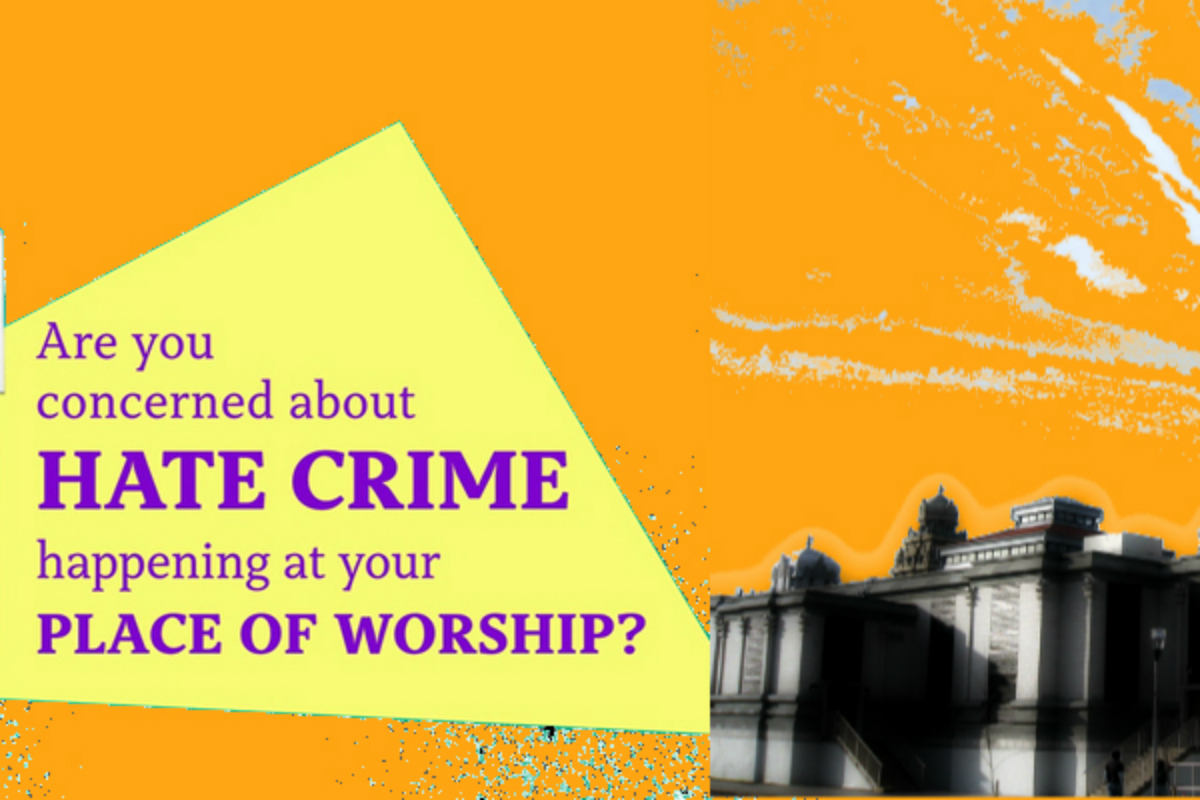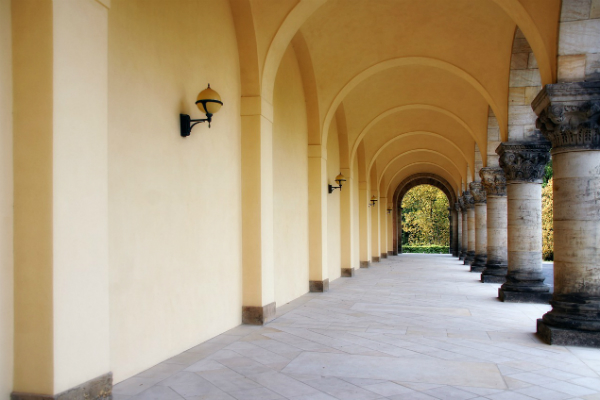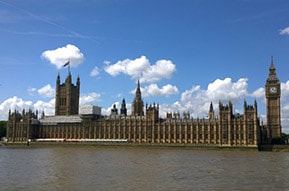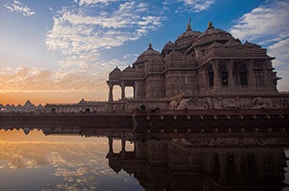How temple facades tell the story of HIndus
Ranging from adapted historic buildings to ornate cultural centres, London’s Hindu temples tell of waves of immigration to Britain and increasing visibility, writes Erica X Eisen.
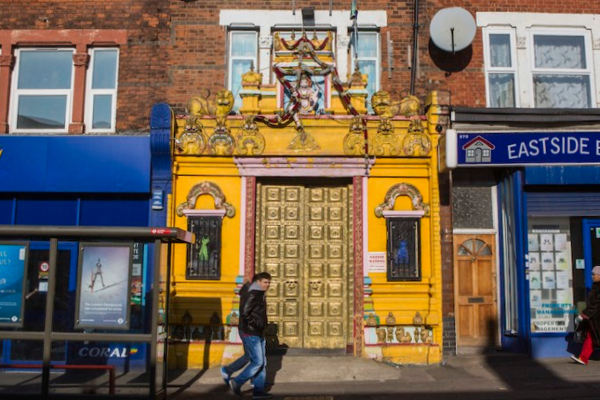
I’m still several blocks away when the white towers of BAPS Sri Swaminarayan Temple come into view, gleaming in the sunshine I’m lucky to have coincide with my visit. Completed in 1995 in Neasden, a district of London, the structure is the first purpose-built Hindu temple in the U.K. and describes itself as the first “authentic” Hindu temple in all of Europe. At the time of its construction, it was also the largest Hindu temple outside of India, requiring almost 5,000 tons of limestone and marble for its ornate carvings.
Today, over half of the United Kingdom’s more than 800,000 Hindus live in London, and there are especially sizable communities in the northwest of the city (where the BAPS Sri Swaminarayan Temple is located). Walking or taking the bus around my neighbourhood there, it’s not uncommon to come upon a temple unexpectedly. They range from plain brick buildings to lofty-towered structures in traditional Indian architectural idioms.
In examining the history of these temples—and why their appearances can differ so radically—we can also trace the history of Hindus in the U.K.
For the full story go to, Citylab





